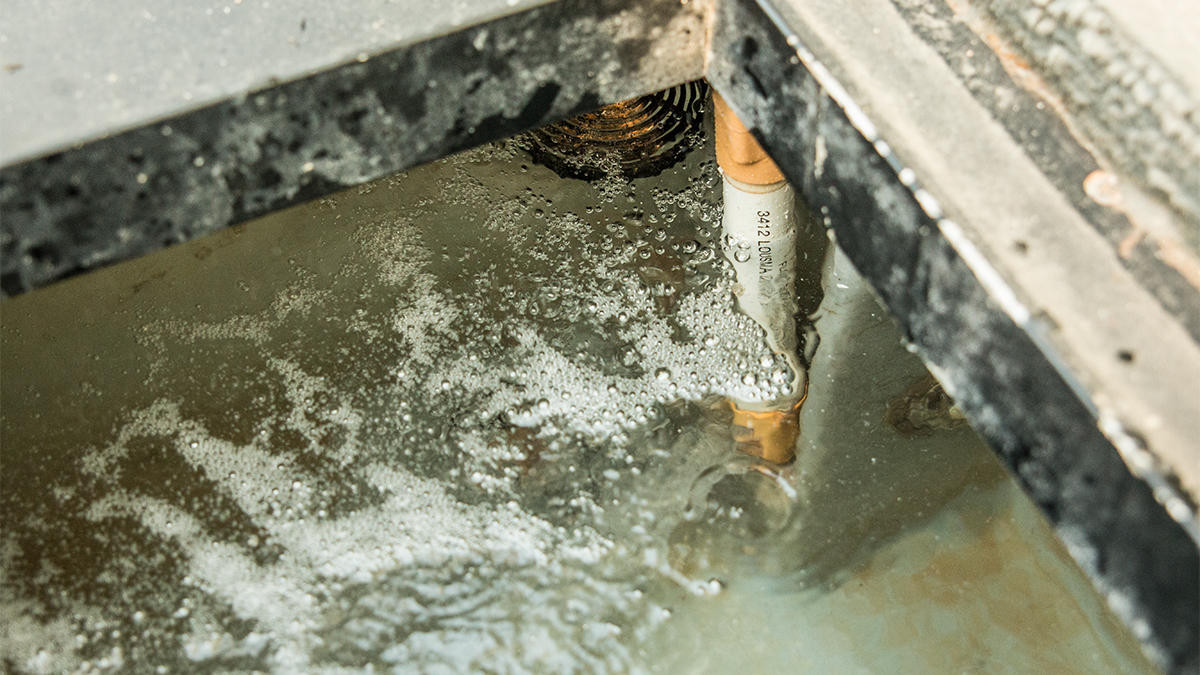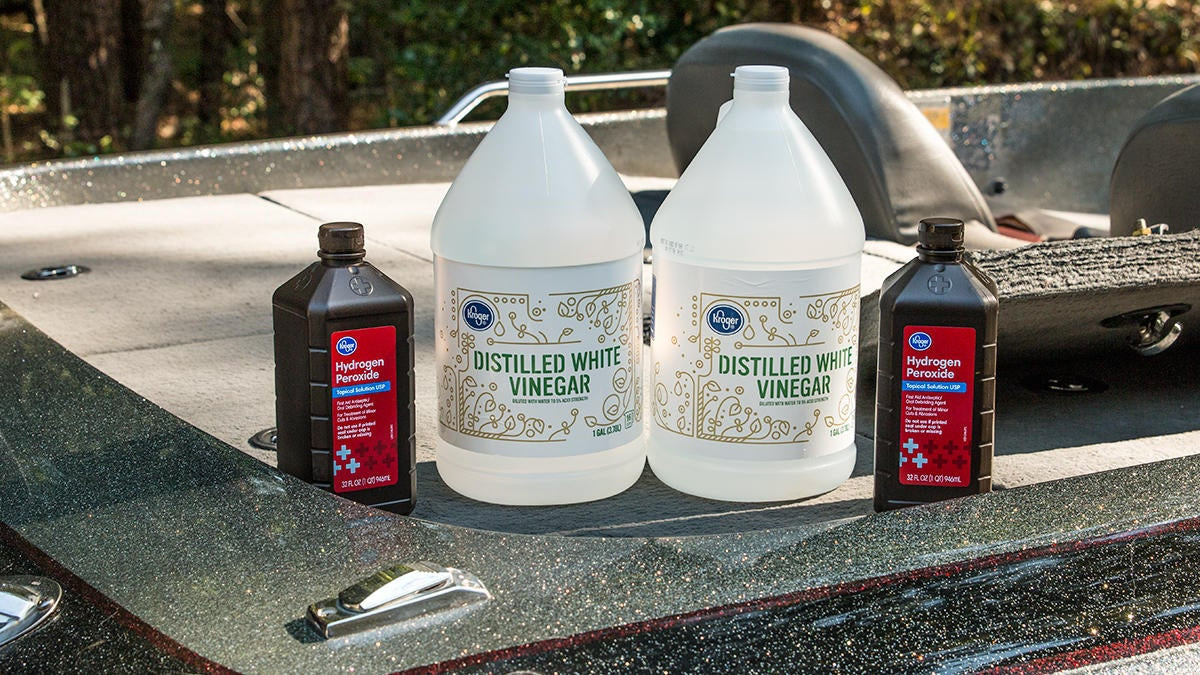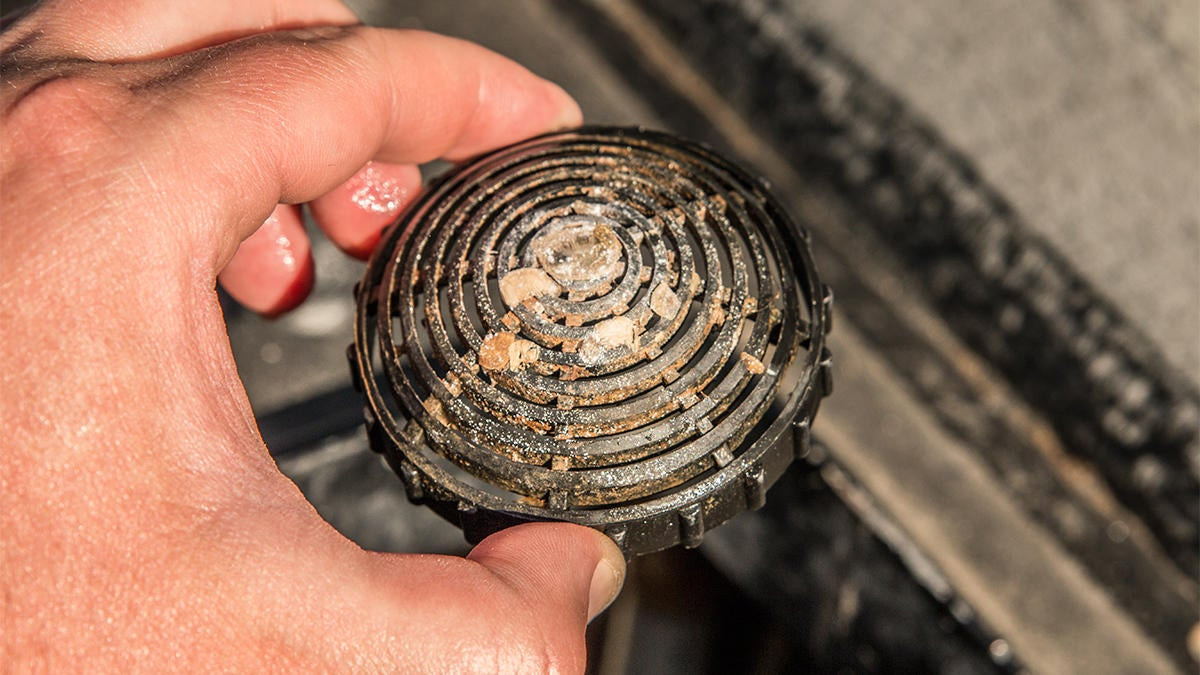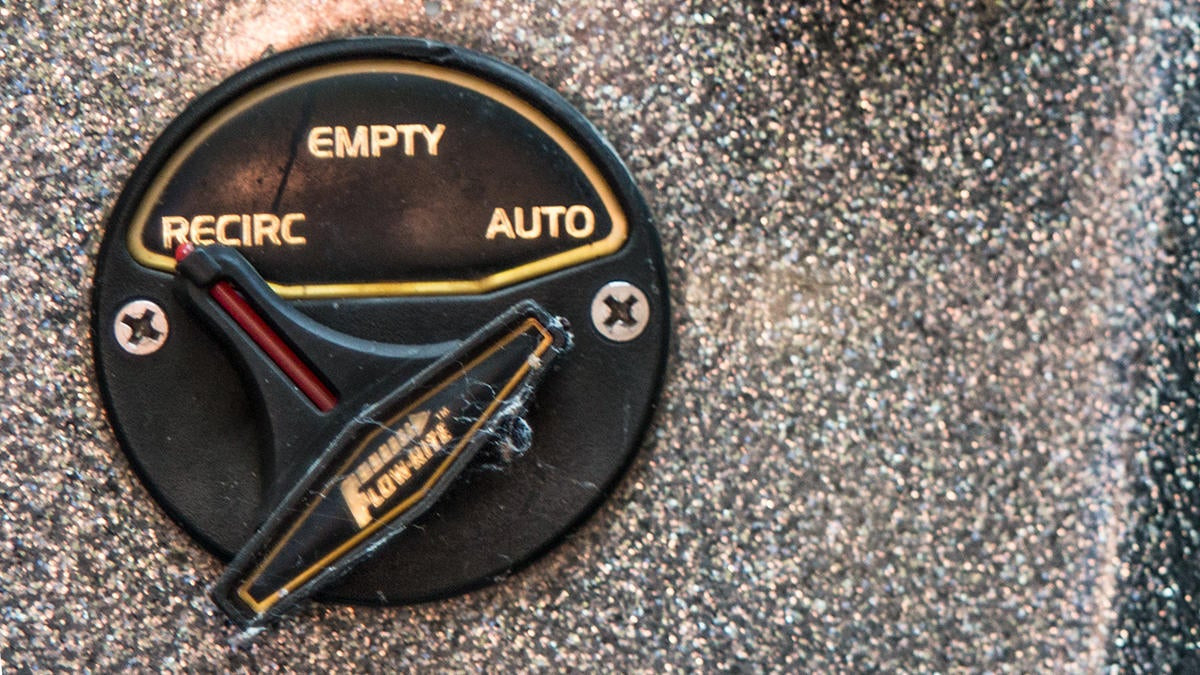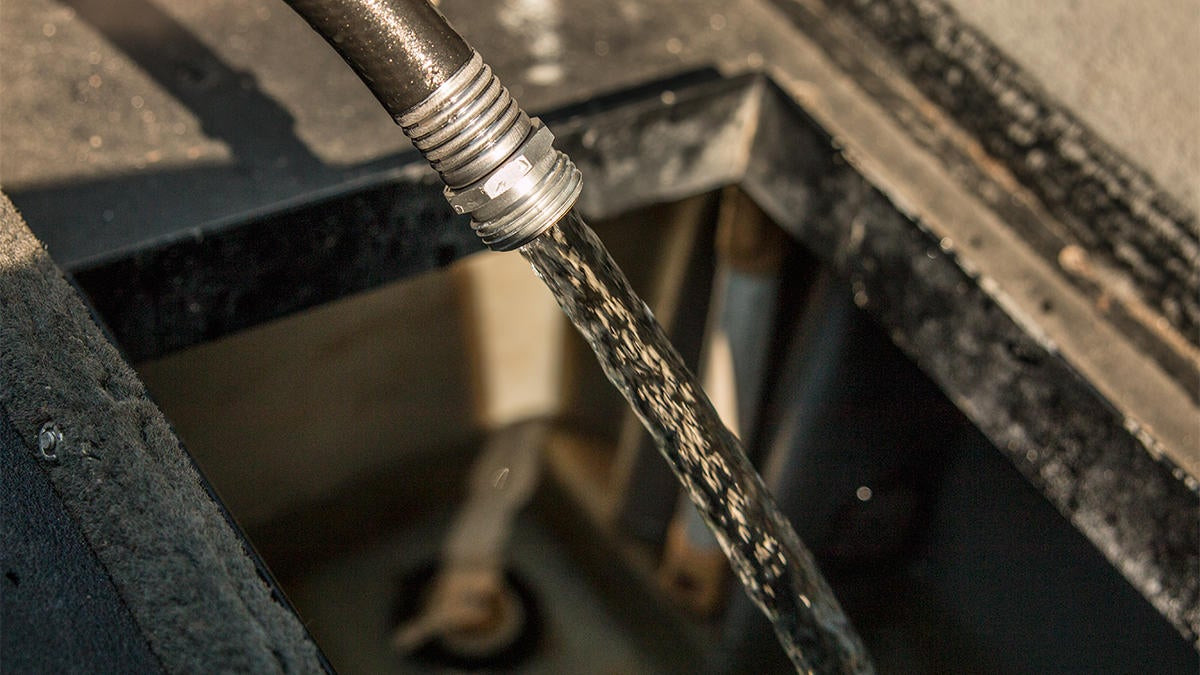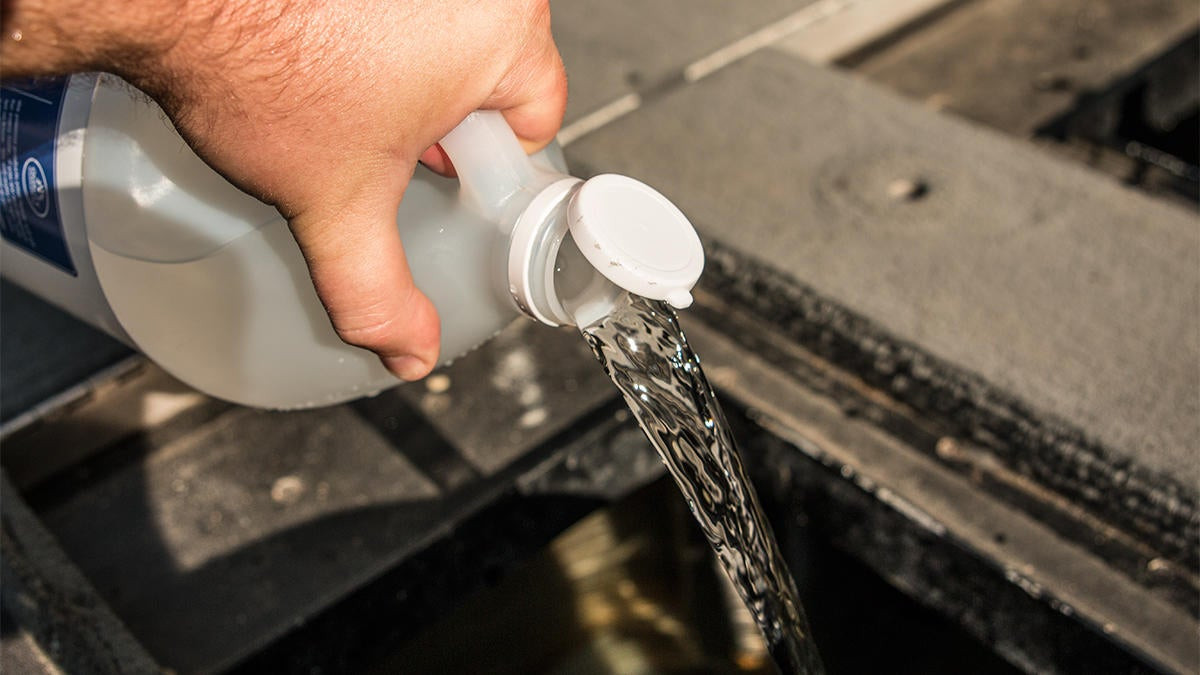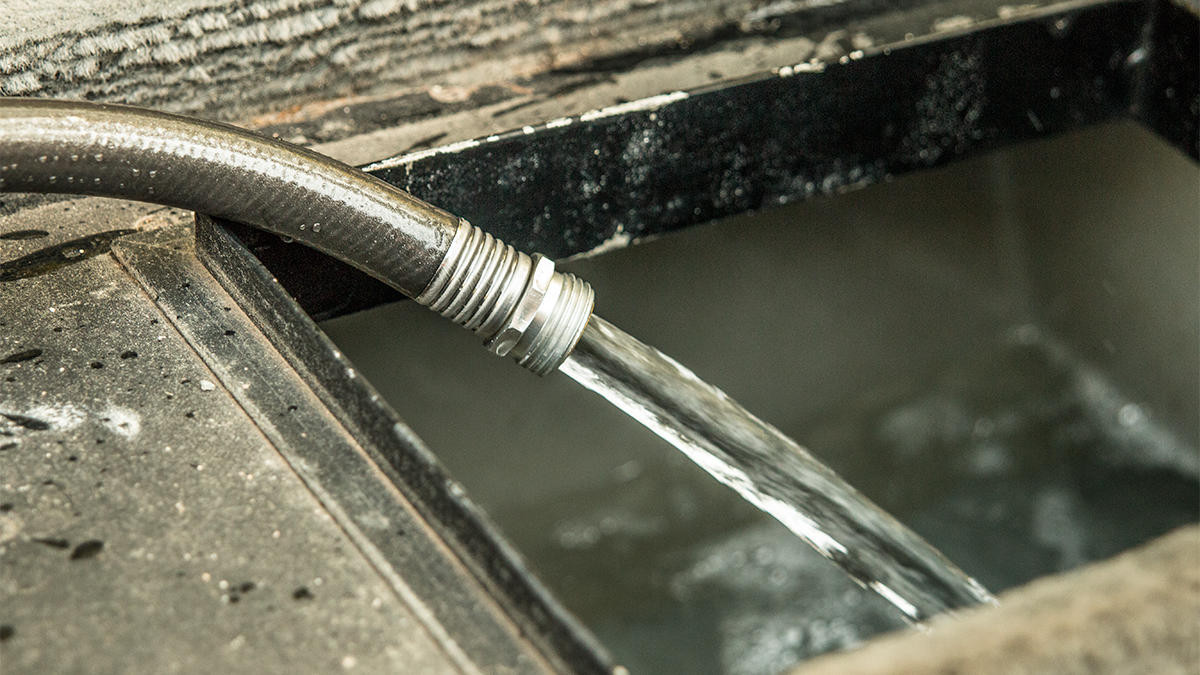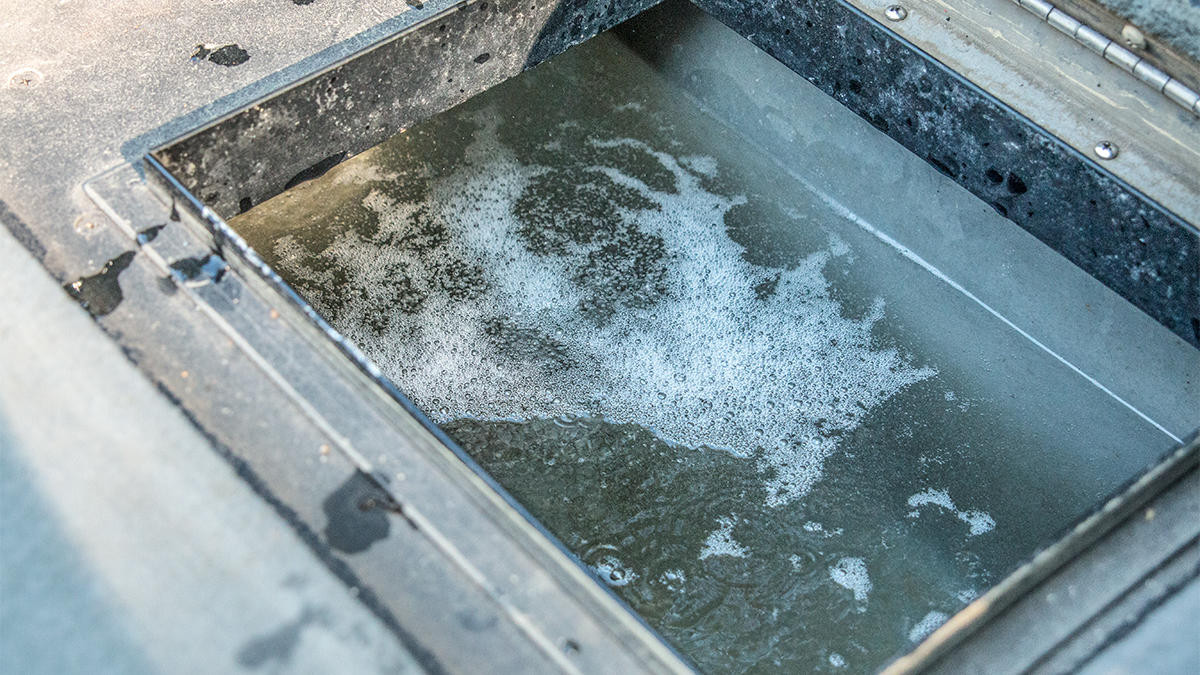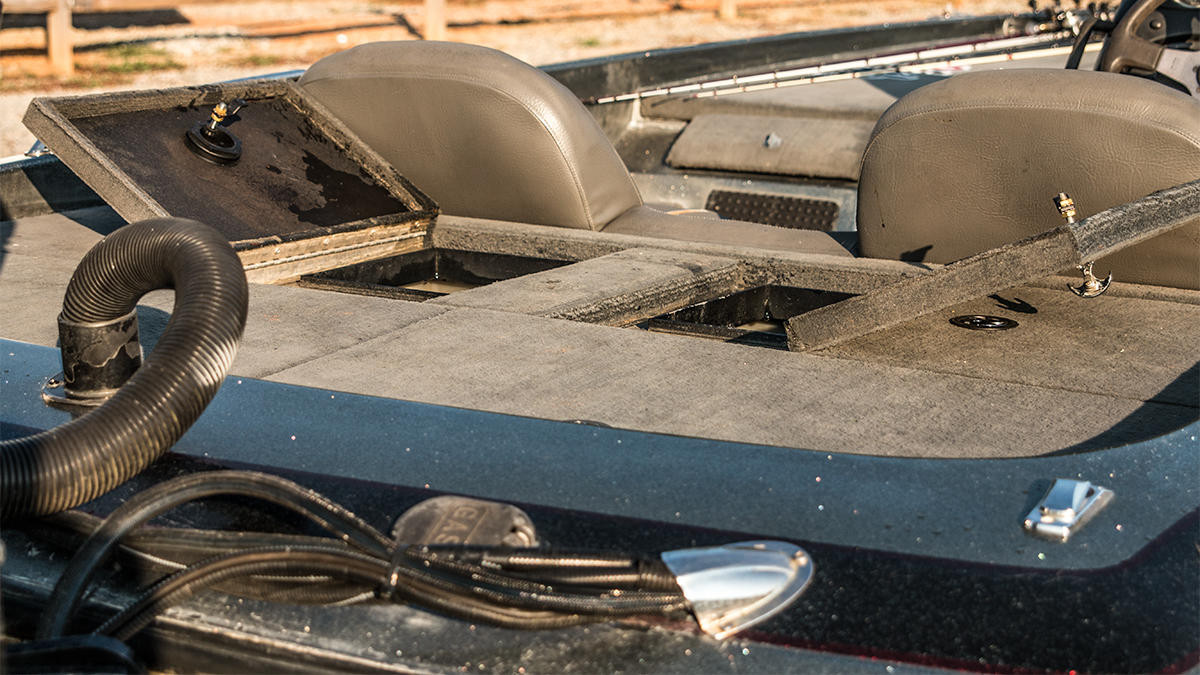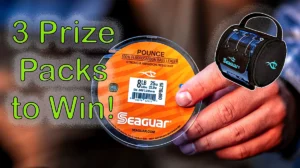Livewells are the nastiest part of any fishing boat. Bacteria, algae, fish slime and fish waste build up over time and can cause harm to your catch, inhibiting a healthy release. It’s absolutely imperative that you clean your livewells on a regular basis to prevent any fish care issues. This should never be overlooked.
There are certainly many different ways to clean them, but I’ve used this particular method for years. I lost a few fish during a tournament back in college and I couldn’t figure out why, because I’m always very cognizant of fish care in my boat. After finally trying this trick on some random internet forum (I can’t remember which one), I have never seen more lively fish. I also have not lost a single bass in my livewell since I started doing this.
If you’re looking for a natural, fish-safe way to keep ’em clean, try this.
Buy your supplies
One of the great things about this method is the cost effectiveness of it. I went to the grocery store and got everything I needed for under $7. You’ll need two gallons of distilled white vinegar and two 32-ounce bottles of hydrogen peroxide.
I prefer these “ingredients” because they’re natural. I’ve heard some guys put bleach in their livewells and all kinds of other stuff. To each their own, but I frequently keep and eat crappie, bluegill and stripers. I also allow my guide clients to do the same. I don’t want any unnecessary chemicals in my livewells and again, I haven’t lost a fish since I started doing this.
The vinegar does a great job at descaling your pumps so they run efficiently and at full capacity. The peroxide cleans all of the old algae, fish waste and slime coating out of the lines. Essentially, you’re making sure that no old buildup is discharged into your fresh livewell water, as this will result in too much ammonia and carbon dioxide and sour your livewell. Any type of decomposing organic matter can and will kill fish.
Additionally, making sure your pumps and lines run at full capacity is the most important part of livewell maintenance, as this equipment is what keeps your fish alive and healthy.
Remove the screens
I normally remove the valve screens at the bottom of my livewells. As you can see in this photo, they get nasty in a hurry. Removing them helps remove the old algae and fish waste that accumulates underneath them.
Once the screens are removed, you can just leave them in the bottom of the livewell.
Set your livewell actuator to “closed” or “recirc”
You’ll be running your livewells during this process, so make sure they’re plugged and will hold water.
Fill your livewells with fresh water
I normally fill them about 3/4 of the way full.
Add the vinegar
Both of my livewells hold approximately 11 gallons of water. In each livewell, I add one gallon of distilled white vinegar to the water. I talked to fisheries biologist Steven Bardin and he mentioned that you can’t really use too much vinegar. But one gallon in each side has always worked for me.
Add the hydrogen peroxide
Pour one 32-ounce bottle of hydrogen peroxide into each livewell.
Turn on your aerators
After everything is added, I’ll turn on my aerators and let them run continuously for 30 minutes.
Drain completely and add fresh water
Once the 30-minute cycle is done, you’ll want to completely drain your livewells. Once they’re drained, re-fill them with fresh water and nothing else.
Run your aerators with the fresh water
Run your aerators with the fresh water for another 30 minutes. This flushes any residual vinegar and hydrogen peroxide out of your livewell and pumps.
Drain and air dry
Once again, you’ll completely drain your livewells. I’ll then park my boat in direct sunlight and leave the livewell lids open until they’re completely dry.


